17 April 2025
When you think of real estate, what comes to mind? Maybe a shiny new skyscraper? A cozy suburban neighborhood? Or perhaps a boutique shopping plaza? While these are all tangible examples, what connects them at their very core is architecture. Architecture is not just about aesthetics or functionality—it's about shaping our world, influencing the way we live, work, and interact with each other. And in today’s rapidly evolving landscape, architecture is playing an even bigger role in driving innovation in real estate developments.
But how exactly does architecture shape these innovative spaces? Let’s dive in and explore this fascinating intersection between design, technology, sustainability, and the future of living! 
Why Architecture Matters in Real Estate
Architecture is more than just blueprints and structures. It’s the heart and soul of real estate projects. Picture it this way: architecture is the DNA of a building or space. It determines its purpose, its vibe, and its functionality. Without thoughtful design, real estate projects are just plain boxes—but with the right architectural touch? They become experiences.Whether it’s a high-rise building that incorporates green spaces or an apartment complex that feels more like a community than just units, architecture sets the stage for how people interact with spaces. And in a world where “innovative” is the name of the game, developers are leaning heavily on architects to push boundaries and create spaces that truly stand out.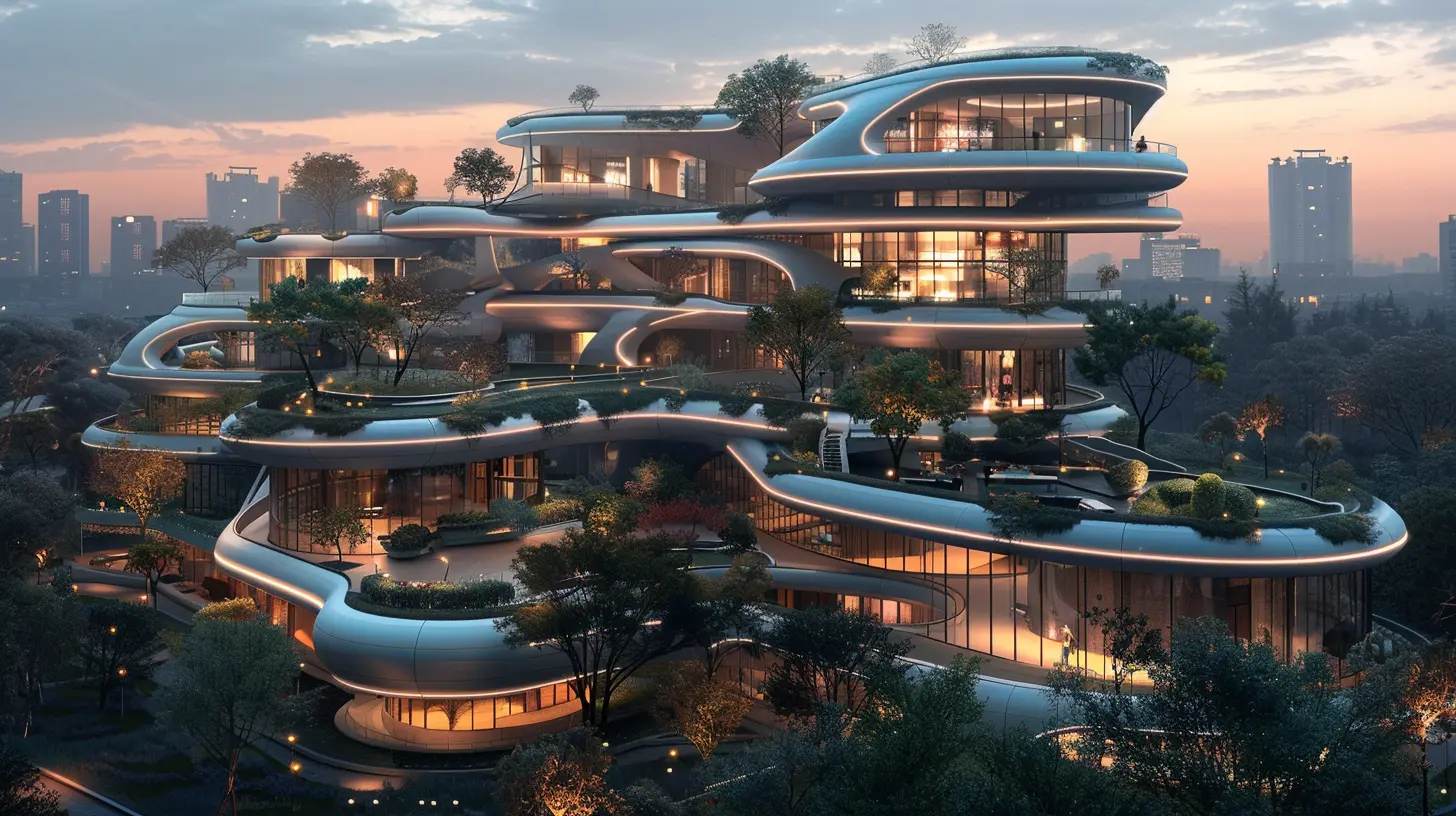
The Shift Toward Innovation
Let’s face it—the needs of buyers and tenants today are wildly different from even a decade ago. We’re living in an age of smart homes, coworking spaces, and mixed-use developments. Cookie-cutter designs just don’t cut it anymore. This shift has forced architects and developers to think outside the box and embrace innovative approaches.Take smart cities, for example. These are developments where everything—from traffic lights to water systems—is interconnected. It’s not just about building structures anymore; it’s about creating ecosystems. And the mastermind behind these ecosystems? You guessed it—architecture.
Blending Functionality with Beauty
Gone are the days when real estate was purely practical. Today, people want spaces that are both functional and visually appealing. Think of it like cooking—you wouldn’t serve a delicious meal on a chipped plate, right? The presentation matters.Architectural innovation allows developers to marry form and function. Whether it’s through sleek minimalist designs, nature-inspired curves, or the use of cutting-edge materials, architects are turning basic real estate developments into jaw-dropping destinations.
Sustainability: A Game-Changer in Architecture
If there’s one buzzword reshaping the real estate industry, it’s sustainability. With rising environmental concerns, developers are under pressure to reduce their carbon footprint. And this is where architecture becomes a superhero.Green Building Design
From solar panels to rooftop gardens, sustainable architecture is leading the charge in creating eco-friendly spaces. A fantastic example is the rise of “green buildings”—structures designed to use less energy and produce minimal waste. These buildings aren’t just good for the planet; they’re also incredibly innovative. For instance, adaptive façades that shift based on sunlight or temperature are giving buildings a futuristic edge.Net-Zero Energy Buildings
Ever heard of net-zero energy buildings? They produce as much energy as they consume. Think about that for a second—buildings that are basically self-sustaining! Now that’s innovation, and architects are at the forefront of designing these marvels.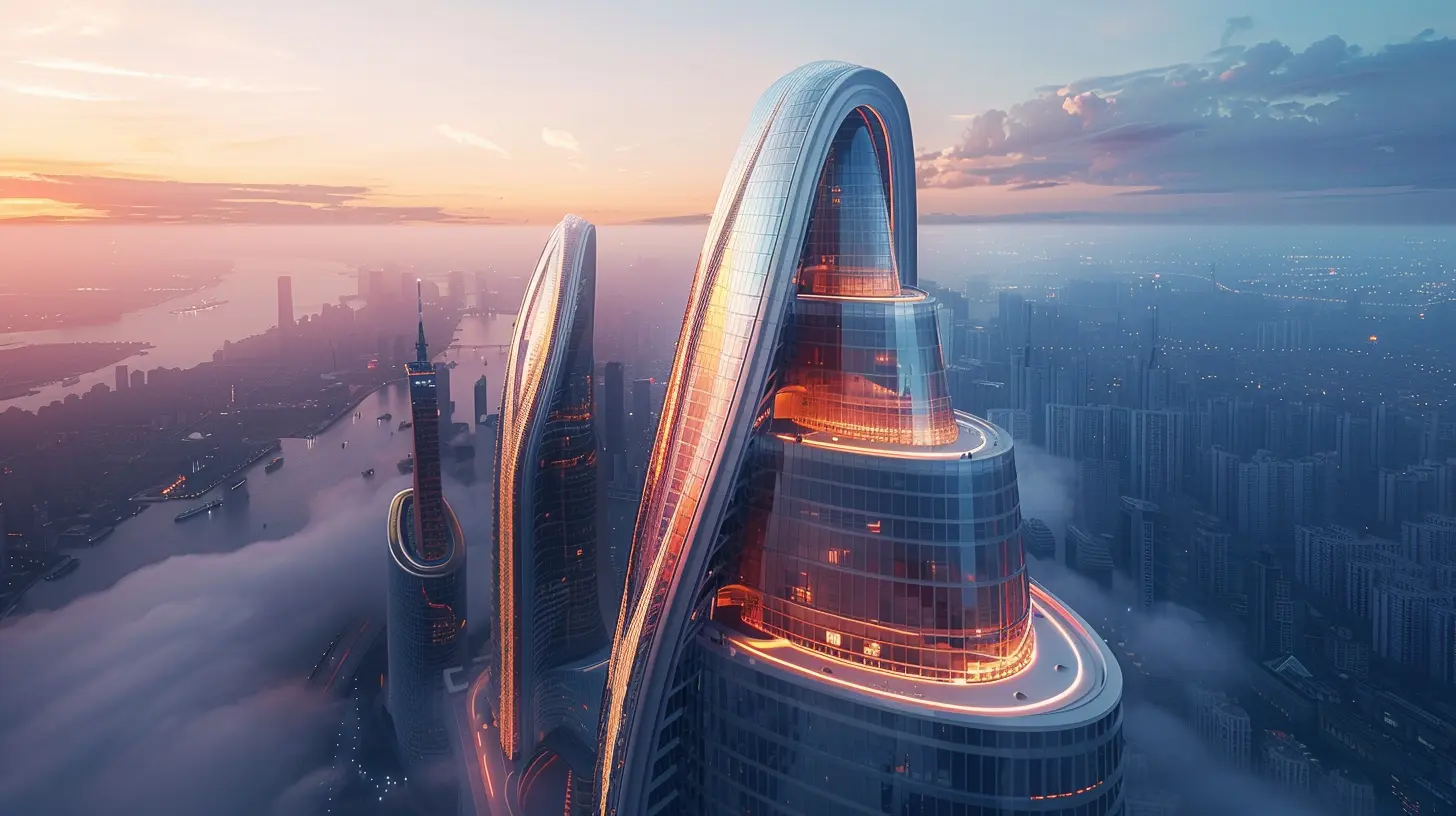
Technology Meets Architecture
It’s no secret that technology is transforming everything, including architecture. Remember when homes were just... homes? Now they’ve got sensors, AI-driven security systems, and automated climate control. But smart features aren’t where the story ends—technology is also reshaping the process of architecture.Parametric Design
Have you ever looked at a building and wondered how something so intricate could even exist? Chances are, parametric design was involved. This approach allows architects to use algorithms and data to create one-of-a-kind structures. Imagine a designer hitting “enter” on a computer, and the blueprint for a spiraling, gravity-defying tower appears. That’s the kind of magic we’re talking about!Virtual Reality (VR) and Augmented Reality (AR)
Buying a home is no longer about walking into an empty shell and imagining what it could be. With VR and AR, architecture is giving potential buyers a full-fledged tour of spaces that haven’t even been built yet. It’s like time-traveling into the future of real estate developments! How cool is that?Human-Centric Design: Putting People First
At the end of the day, architecture isn’t just about buildings—it’s about people. This is why human-centric design has become such a focal point in real estate. What does this mean exactly? Simple. It’s about designing spaces that cater to the needs of the people using them.Community-Focused Spaces
Developers and architects are now designing spaces that foster a sense of community. Think open courtyards, shared rooftop gardens, or multipurpose halls in residential complexes. These aren’t just homes—they’re hubs for connection.Adaptive Reuse
Ever walked into a modern loft and realized it used to be an old factory? That’s adaptive reuse—the practice of repurposing old buildings for new uses. What’s brilliant about this trend is that it breathes new life into historical architecture while meeting modern needs. It’s like giving a second act to a Broadway star!The Future of Real Estate Architecture
Looking ahead, the role of architecture in real estate developments is only going to grow. With advances in technology, rising demand for sustainability, and the ever-changing needs of society, architects are becoming the unsung heroes of the real estate world.Imagine entire neighborhoods powered by renewable energy, buildings that adapt to changing climates, or urban spaces that seamlessly blend nature with modernity. These aren’t just pipe dreams—they’re the future. And at the heart of it all is architecture, quietly but powerfully shaping the spaces we’ll soon call home.
Conclusion
So, what’s the big takeaway here? Architecture isn’t just the backbone of real estate—it’s the brain, heart, and soul as well. Whether it’s through sustainable designs, smart technology, or people-focused spaces, architecture is driving the innovation we’re seeing in modern developments. The next time you walk into a beautifully designed building or marvel at a futuristic skyscraper, take a moment to appreciate the thought, creativity, and vision that went into it.Because at the end of the day, architecture isn’t just about shaping buildings. It’s about shaping lives.

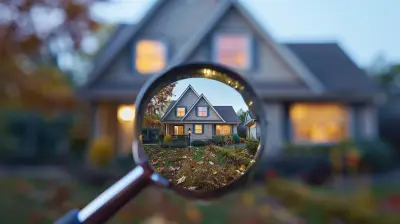
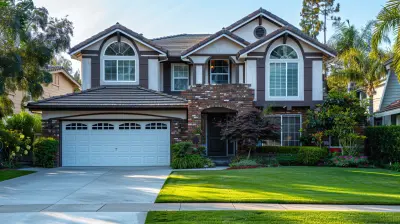

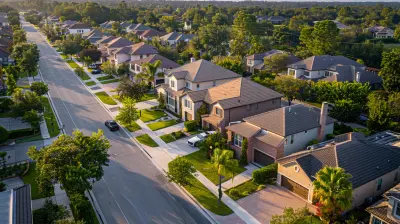

Deborah Potter
Architecture fundamentally influences real estate by enhancing functionality, sustainability, and aesthetic appeal in innovative developments.
April 26, 2025 at 5:00 AM